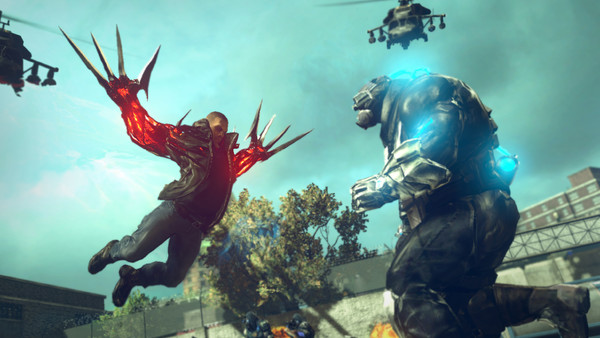Why Activision Stopped Making Games
5. The Numbers Game

From a sheer numbers perspective, the drop in games published by Activision looks drastic. Towards the end of the 2000s and into the 2010s, the company published around 20 games a year. 2009, 2010 and 2011 all saw 18 titles from the publisher, whereas 2012 jumped that up slightly higher to 19. However, from there on out, at the dawn of a new generation no less, the company began cutting the volume of their yearly games down massively.
In 2013 their output fell to 11 releases, 2014 kept relatively consistent with 12, however 2015 dropped the number down to just 6, while 2016 and 2017 saw only two and three games hit shelves respectively. In the space of three years, the company cut their output down by around 75%, from close to twenty to an amount you can count on one hand.
However, while the cull may seem drastic, the games and franchises Activision were getting rid of weren't exactly what you'd class as quality, AAA experiences.
2012, the year Activision released its largest pool of titles to date, was particularly bad. Made up of abysmal tie-in shlock like The Amazing Spider-Man, Battleship and Transformers: Prime, licensed shovelware such as Family Guy: Back to the Multiverse, Ice Age: Continental Drift, and Men in Black: Alien Crisis, and yearly entries in franchises nobody cared about like Tony Hawk's HD, Cabela's Dangerous Hunts and 007 Legends, the majority of the games were lacking both in terms quality as well as commercial success.

Obviously not everything was bad, and bigger releases such as Prototype 2, Call of Duty: Black Ops 2 and Transformers: Fall of Cybertron were all pretty solid, but with the exception of Black Ops, they all underperformed. Consequently, you can see why Activision would want to cut their output; the publisher was putting the bare minimum effort into them anyway, and it was clear that they weren't bringing in enough of a return to justify even the limited productions they were awarded.
Here's the tragic thing though: although the publisher cut out the fluff and streamlined its portfolio to the couple big games that did do well - Destiny and Call of Duty - it also eliminated those small flourishes of originality that used to pop up now and then. Because in between this shovelware and the phoned-in sequels there were genuinely brilliant experiences to be found, such as Raven Software's excellent time-bending FPS Singularity, which released in an equally packed Activision year in 2010.
These mid-tier games - including Prototype as well - proved to be a real sticker for Activision. Not making as much money as Call of Duty to justify a larger production but not being as safe a bet as the smaller-scale licensed titles, they weren't given room to grow if they didn't immediately become a smash hit. It didn't matter if they were well received critically; if they didn't make all the money in the world on the first go, then they wouldn't be given another chance.